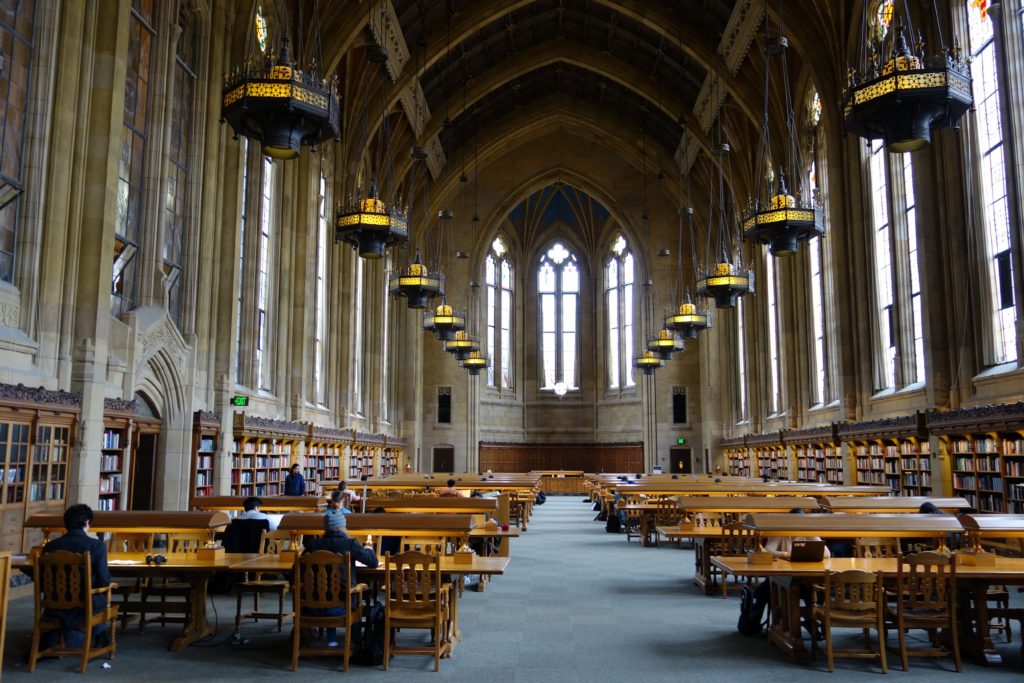Over the holidays we met with various families and people and discussed many topics including our favorite: demographics.
One of the family members I spoke to works at a university and her key role is centered around recruitment and she had an intriguing story to tell around demographics.
The story is that universities are running into a bit of their own “labor shortage” problem except the labor shortage is an actual projected shortage of incoming students. Universities do their annual planning based on student intake from high schools and other possible entry points like junior college transfer students and the projected numbers don’t look good.
Based on census data, birth rates and projected current high school graduations, it seems universities wont have enough students to fill all the current capacity. University administration officials, at least the competent ones, are fully aware of the problem and they are worried because insufficient students means insufficient money coming in to support the universities mission.

We decided to do a little digging and find out if there is a way to make money out of the coming fiasco. First, we wanted to know how many total college students there are in the United States. According to this link, there are a whopping 19.2 million students enrolled in college as of 2020! The breakdown is 16.7 million undergraduate and 3.1 million graduate students.
As we dug a little deeper, we discovered that in 2020, there were 700 colleges had open slots out of a possible 5300 higher education schools. Ironically, back in 2009, the Economist had this article that asked why universities had too few slots available for incoming high school graduates. My, how the times have changed but that is the demographic crisis that is growing in the United States, the U.S. population isn’t growing fast enough.
We also searched for demographic projections for K-12 for the next decade and found this article claiming California will suffer an 11 percent drop in K-12 enrollment over the next decade. And according to Statista, New England will bear the brunt of the K-12 student decline but all universities will be affected by the shortage.
Some universities are trying to address the problem by shifting focus to adult and continuous education for current and older workers but that may only have limited success given the size of the problem and we have started to look at which private schools are own by publicly traded companies so we can profit from shorting their stock via puts.
When will university Armageddon start? The year will be 2025 when there will be a heavy surplus capacity over sufficient student intake and this is also the time when boomers will accelerate retiring as they all hit age 65+ by 2030. A shortage of graduating students and a shortage of boomers laborers? Do you see the chaos that is coming? The only thing to do is plan accordingly and adjust investment portfolio accordingly.
Stay tuned and stay solvent.
[…] wrote right after the Christmas holiday, University Apocalypse 2025, that one of our family members works in recruiting for a university and the numbers and future […]
[…] in December we wrote this post entitled, “University Apocalypse 2025” where we discussed some conversations we had with a college recruiter over the holiday […]